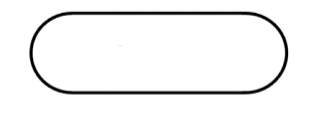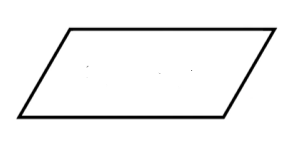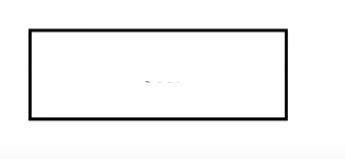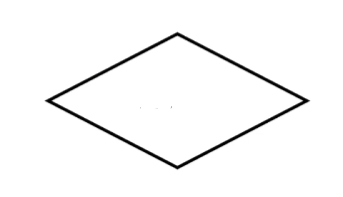Unit 1: Computational Thinking Edexcel GCSE Computer Science
1/41
There's no tags or description
Looks like no tags are added yet.
Name | Mastery | Learn | Test | Matching | Spaced |
|---|
No study sessions yet.
42 Terms
Algorithm
Set of step-by-step instructions to complete a task, or solve a problem
Decomposition
breaking down larger problems into smaller problems, making them easier to solve
Abstraction
the process of hiding unnecessary details so that only the important points remain
Pattern recognition
Seeing similarities and differences in a range of problems
Computational thinking
Using methods to solve complex problems
Flowchart
Diagram that represents an algorithm showing the steps as boxes, and their order by connecting them with arrows.
3 basic programming constructs
Selection - Sequence - Iteration
3 elements of a successful algorithm
Accurate - Efficient - Consistent
Logical operators - AND
Two conditions must both be true for the whole statement to be true
Logical operators - OR
Either one of two conditions must be true for the whole statement to be true
Logical operators - NOT
Reverses the logic of the AND and OR statement
Logic error
Error that results in an unexpected output
Trace table
Used to identify logic errors in an algorithm
Sorting - Bubble sort
Uses 'brute force' to sort a list
Sorting - Merge sort
Uses 'divide and conquer' to sort a list
Searching - Linear search
Starts at beginning of list and searches until the item is found
Searching - Binary search
Selects the median item in a list, then checks if the desired item is higher or lower
Median
The middle number in a list of ascending or descending numbers
What is an Iteration?
Construct that allows the repetition of a process (also called a loop)
Selection
Construct that allows a choice to be made between different options
Why are subprograms used
reduce duplicate code
allows for easy reuse of code
makes code easier to debug

What is this flowchart symbol?
Terminal (start and stop)

What is this flowchart symbol?
input/output (e.g. input: enter a value/ print: your new value)

What is this flowchart symbol?
process (e.g. value*3)

What is this flowchart symbol?
decision (e.g. if value>5)
Aspects of Bubble sort
Slow
Suitable for small data sets
easy to program
Aspects of merge sort
Quick
suitable for large data sets
more difficult to program
Aspects of linear search
items do not need to be stored in order
new items are added at the end - quick
suitable for a small number of items
Aspects of binary search
items must be in order for the algorithm to work
new items must be added in the correct place to keep correct order - slow
suitable for a large number of items
Record
a record is a list where each value may be a different data type.
Why are constants used (instead of rewriting the value each time)?
If a value of a constant has to be changed, only one change is required
What is this type of operator? <, !=
relational
What is this type of operator? +, *
arithmetic
What is this type of operator? AND, NOT
Boolean/logical
Difference between syntax and logic errors
A syntax error is caused by using words of the programming language incorrectly, whereas a logic error is caused by an error in the design of the algorithm
Explain the effect on efficiency of using a bubble sort algorithm instead of a merge sort algorithm
A bubble sort will use less memory because it is an in-place sort
In-place algorithms
transforms the input without using extra memory (e.g. bubble sort)
Out-of-place algorithms
requires extra memory, the amount required depends on the input size (e.g. merge sort)
Define the term ‘iteration’.
looping over every item in a data structure
Benefit of subprograms
The subprogram may be used more than once in a program so will save time when writing
Explain why integer division is used rather than division, when finding the middle item in an array
If the length of the array is an odd number, division would return a real (decimal) number which is not valid because index values are integers
Define the term ‘subprogram’.
A self contained block of code that performs a specific task, that can be called by the main program when needed